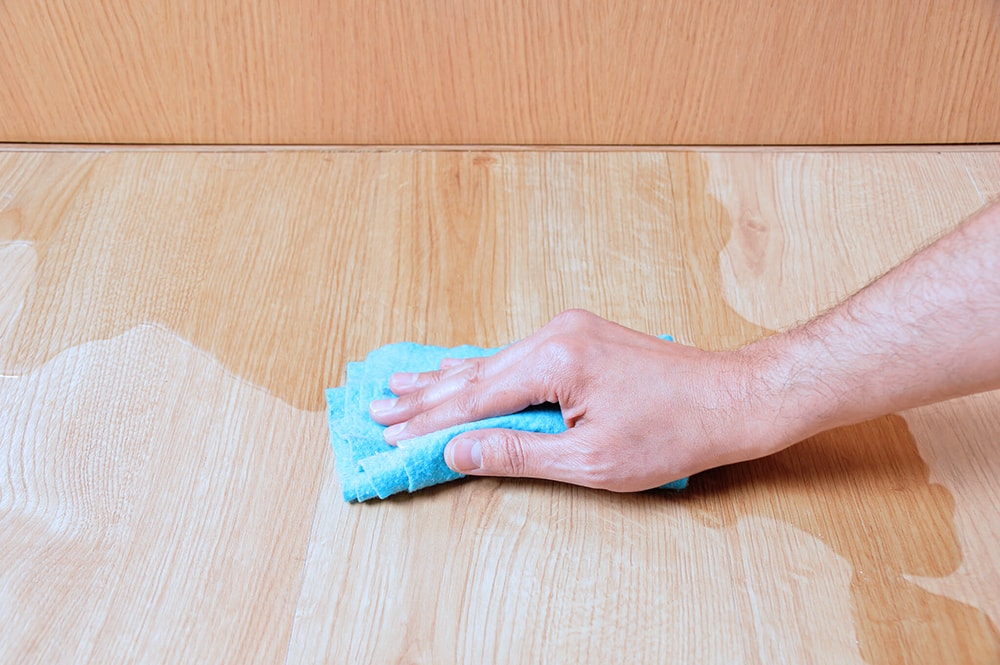
In order to find out if your homeowners insurance is going to cover your rotted floors, you have to determine what the actual source was that caused the dry rot to begin with. The dry rot is just a byproduct of another serious issue, a leak of some sort that has been allowed to soak in and create this spreading fungus.
Generally, if the dry rot was caused by something that you have already been insured for, it shouldn’t be a problem being covered for your floors. The new concern will be making sure to kill the fungi and getting the claim reported to the carrier right away in order that they have no basis for a negligence theory.

Are You Covered?
Unfortunately, with floor rot, because it is a preventable issue that can be detected through performing general maintenance on your home, most insurance carriers deem it as a non-covered expense based on the ‘normal wear and tear’ or else ‘negligence’ exceptions of your insurance plan.
You should go over your policy very carefully to see if you can find any type of special circumstances that would make your claim worthy of being paid. Mainly, find out what the master cause of the wood rot was. If you find that it was an ongoing issue that has been happening over a long period of time slowly and gradually, you’re most likely paddling upstream. Water damage that is sudden and accidental is a peril that will be covered. Slow and gradual is where insurance carriers will claim negligence through lack of maintenance and upkeep. If you had been regularly servicing your home, you should have found this damage, would be the carrier’s stance.
If you are able to relate the rotted floors to a flood or possible storm damage, these are covered perils with your insurance carrier. The flood insurance is something that you purchase as an add on to your homeowners standard plan, but the storm damage comes standard. You should go ahead and file the claim as you normally would providing the reasons for why the carrier should reimburse along with any type of documentation to support your claim.
These particular claims are really tough to push through with homeowners insurance as the damage is something that happens gradually over a period of time. That almost always comes up as a denial with each insurance provider. The most important thing you can do as a homeowner is prevention and detection so that this type of damage doesn’t catch you off guard and out of pocket.

